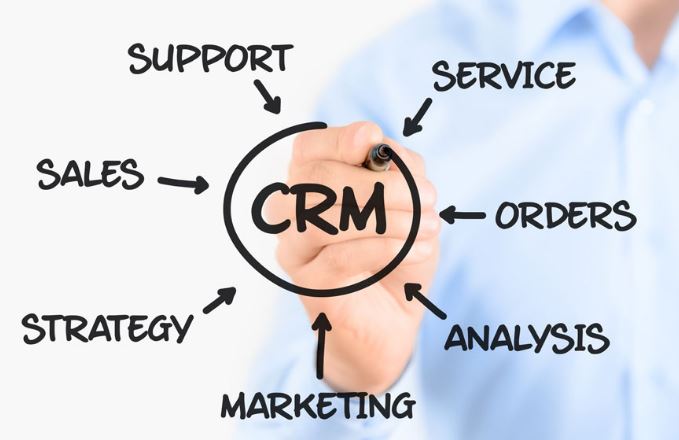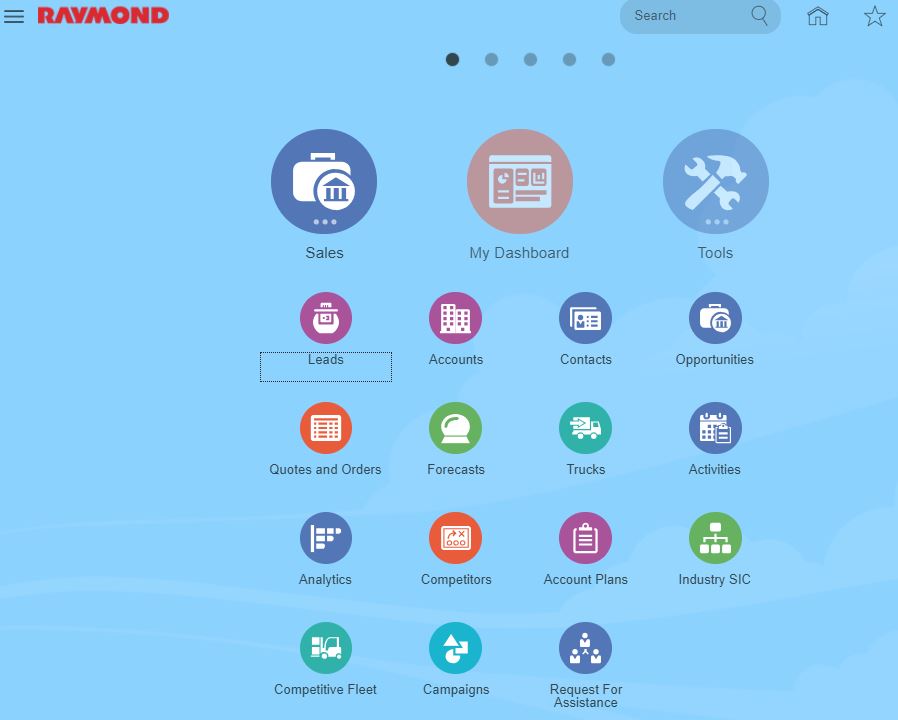For those in sales, a Customer Relationship Management (CRM) system has most likely become an essential tool in your repertoire.
I was first exposed to a CRM system in 2010 as an Abel Womack Business Development 

Manage customer data
Many CRM systems utilize cloud-based storage for all information about your accounts, contacts, leads, opportunities, and more. Mostly used by Sales and Business Development Representatives, this is a great and easy way to keep track of all your accounts, all your touch points with each contact within these accounts and, more importantly, provide exceptional customer service. You can log a call (in many cases from an app on your phone) and set up a follow-up call two weeks down the road, then move onto the next account. You can also track every interaction with your customers, either by yourself or others in your organization. What better way to take care of your customers than to have access to everything going on with them by everyone in your organization. And for large and national accounts being touched by partner organizations around the country, the advantage is further multiplied.
Access actionable insights
For visibility, a CRM system provides an excellent way for sales management to quickly run reports to view activity levels by branch, rep, city, and more, and use it as coachable, actionable data. It also allows the rep and manager to have up-to-the-second data for things like the size of individual and aggregate pipelines, revenue, gross profit, units sold, and the number of calls and touches.
In 2014, The Raymond Corporation worked with Oracle to provide a CRM system that would be utilized by all 23 dealerships across North America. The beautiful thing about this CRM is that it comes with a unique option to actually build the forklifts and produce quotes directly from the system. As with any system rollout, it was not as smooth as planned, but after a few months

CRM system upgrade
At the beginning of 2019, there was a release of a newly redesigned CRM system across the Raymond network, and as expected, it had its share of kinks. Much of the reporting and visibility were recreated, and while we can still build the trucks needed to quote, much of the critical information I found in business development to log, track, and more is not easily accessible. I have faith that our CRM will certainly deliver soon, but this loss of visibility has indeed shown me the value of having a fully-functional CRM that is critical to any sales force in any industry.
Have you undergone a new CRM system rollout? How did it go? Please share your experience below.



Leave a Reply
You must be logged in to post a comment.